-1060x400w.jpg)
Wissenschaft, Technologien und Materialien der Zukunft: Eindrücke von der Konferenz Space Ecology Safety 2025
In Sofia, in den Sälen der Bulgarischen Akademie der Wissenschaften, fand die XXI. Internationale Konferenz Space Ecology Safety (SES 2025) statt — eines der Schlüsselereignisse in Osteuropa, das sich den Themen Ökologie, Raumfahrtsicherheit und Luft-/Raumfahrttechnologien widmet.
Die Veranstalter waren das Institut für Raumfahrtforschung und Technologie der BAS, das Nationale Verteidigungskolleg „Rakovski“ und die Bulgarische Astronautische Gesellschaft.
???? Luft-/Raumfahrttechnologien und Biotechnologien: ein Blick von innen
Besonderes Interesse fand bei mir die Sektion „Aerospace Technologies and Biotechnologies“, geleitet vom korrespondierenden Mitglied Petar Getsev, und mit Prof. Zoya Hubenova als Sekretärin.
Hier wurden Vorträge präsentiert, die die Spitze der bulgarischen Wissenschaft darstellen:
Konstantin Metodiev berichtete über Trajektoriensteuerung von Quadrocoptern und Analyse von Flugmustern auf Basis von Daten;
Malina Yordanova zum Thema digitale Gesundheit und künstliche Intelligenz;
Pavlin Gramatikov und Stefan Shopov über Fernüberwachung der atmosphärischen Verschmutzung mit Hilfe von UAVs;
Julian Tahov (D Aerospace) — über den Einsatz von RTK-Technologien zur präzisen Positionierung unbemannter Systeme.
Zwischen den Vorträgen fanden lebhafte Diskussionen über die Zukunft von Luft-/Raumfahrtsystemen, die Rolle von Drohnen im Umweltmonitoring und neue Ansätze zur Navigation statt.
☕ Wissenschaft und Menschen
Ich hatte das Vergnügen, mit verschiedenen Forschern zu sprechen, deren Projekte zeigen, wie eng Wissenschaft mit Ingenieurwesen und Industrie verflochten ist.
Besonders inspirierend ist die Offenheit und Bereitschaft der bulgarischen Wissenschaftler zur internationalen Zusammenarbeit.
Sie empfingen mich herzlich in der Akademie und teilten gerne Neuigkeiten und Entdeckungen.
Solche Begegnungen ermöglichen zu sehen, wie Grundlagenforschung in Praxis übergeht — von mathematischen Modellen zu funktionierenden Lösungen.
???? Von der Konferenz zu Materialien: die Rolle spezieller Stähle
Das Thema Drohnen und Luft-/Raumfahrtsysteme führte mich naturgemäß zur Frage der Materialien.
Unter extremen Belastungen, hohen Temperaturen und Anforderungen an Gewicht bilden Materialien die Basis technologischer Durchbrüche.
Spezielle Stähle und Legierungen gewährleisten jene Zuverlässigkeit, ohne die moderne UAVs, Satellitenkonstruktionen und Raketensysteme undenkbar wären:
Maraging-Stähle verbinden hohe Festigkeit und Duktilität;
Hitzebeständige und korrosionsbeständige Legierungen werden in Triebwerken, tragenden Strukturen und Gehäusen verwendet;
Legierte Stähle mit Nickel und Chrom garantieren Stabilität unter Last und bei Temperaturwechseln;
Verschiedene Aluminium-Legierungen, z. B. die legendäre 7075-T6-Legierung. Entwickelt von der Firma Alcoa für das Flugzeug Boeing B-17. Verwendet in Luftfahrt, Raketentechnik und unbemannten Systemen. Zugfestigkeit bis zu 570 MPa bei einem Gewicht, das etwa ein Drittel von Stahl beträgt.
⚙️ Smart Metal Group: heute schon verfügbare Materialien
Inspiriert von wissenschaftlichen Ideen entwickeln wir bei Smart Metal Group den Bereich Spezialstähle und Legierungen, die den hohen Standards der Luft-/Raumfahrt und ingenieurtechnischen Anwendung entsprechen.
Moderne Produktions- und Qualitätskontrolltechnologien ermöglichen es uns, Materialien zu liefern, die sowohl für die Industrie als auch für Forschungs- und Innovationsprojekte geeignet sind.
✅ Wissenschaft öffnet Horizonte.
✅ Industrie verleiht ihnen Form.
✅ Wir bieten die Materialien für die Lösung.
Und gemeinsam rücken wir die Zukunft näher, in der Technologien für Sicherheit, Ökologie und nachhaltige Entwicklung arbeiten.
*Maraging-Stähle — das sind ultrahochfeste, niedrigkohlenstoffhaltige Stähle, die primär mit Nickel (bis zu 25 %) sowie mit Kobalt, Molybdän, Titan und manchmal Aluminium oder Niob legiert sind.


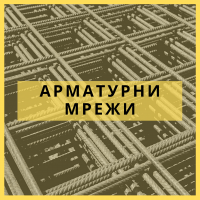


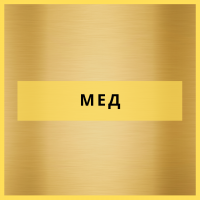
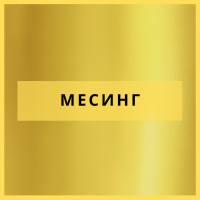


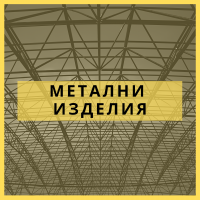
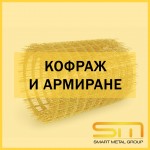


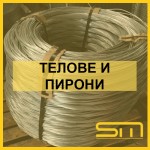
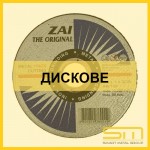
-150x150.png)

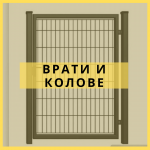
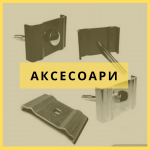

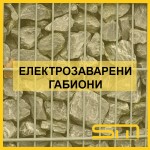




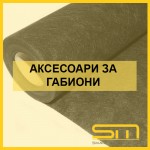

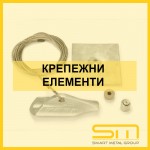
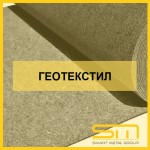
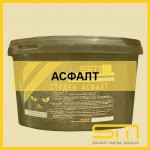
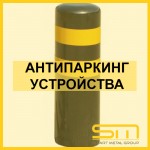


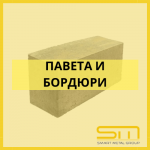


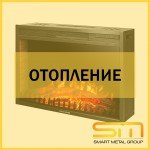
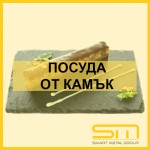

-150x150.jpg)
-150x150.jpg)
-150x150.jpg)